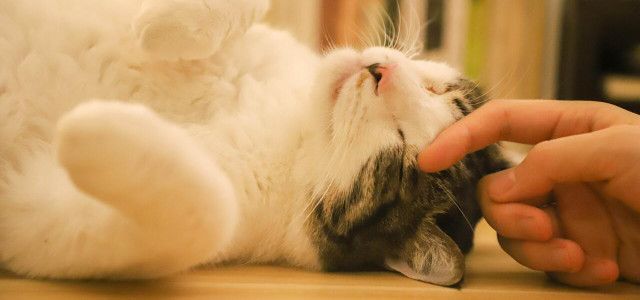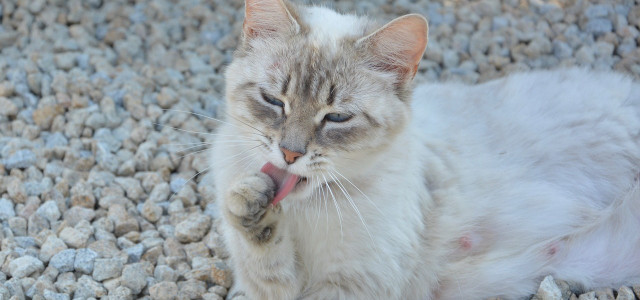Indoor vs. outdoor cats: which is healthiest and safest for your feline friend? Discover the pros and cons of keeping your cat inside versus allowing them to roam outdoors.
Keeping cats as pets is a common practice in the US, with almost 40 million households owning cats. Around 63% of these furry friends are kept indoors. The decision to let your cat roam outside or not can be a tough one, as there are significant advantages and disadvantages associated with both options.
To make an informed decision about keeping your cat indoors or allowing them outside, there are a few key considerations. These include the lifespan, health and safety of indoor vs. outdoor cats, as well as their mental health and the impact on the environment and other wildlife due to their hunting instincts. So: how long do indoor cats live? How long do outdoor cats live?
Let’s find out.
How Long Do Indoor and Outdoor Cats Live?
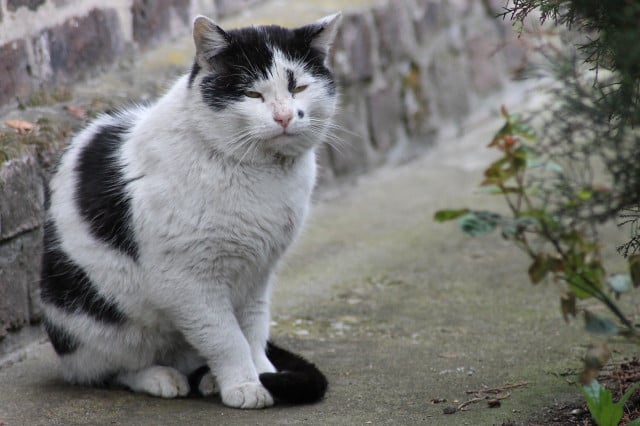
Unfortunately, our cats do not, in fact, have nine lives. The average lifespan for cats is 14 years, though some live up to 30, with notable differences in age expectancies between indoor vs. outdoor cats.
Indoor cats typically live from 10 to 20 years, while outdoor cats live only between two and five years. This stark difference is linked to a more complete diet, fewer threats and numerous additional benefits associated with keeping cats indoors.
So, we have a clear winner regarding how long indoor cats live and how long outdoor cats live. Let’s find out why.
Indoor vs. Outdoor Cats: Safety
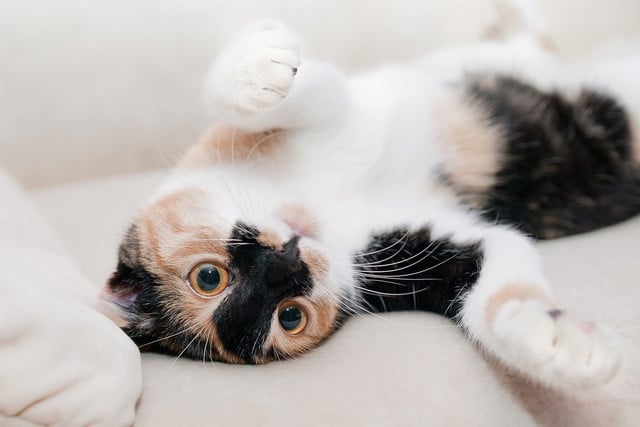


Road traffic accidents are one of the biggest concerns when it comes to indoor vs. outdoor cats. It’s challenging to determine an exact figure, but it is estimated that around 26 million cats are killed on American roads each year. This risk is a primary reason many owners choose to keep their feline companions indoors. That’s not to mention the risk of drowning, falling from trees and all manner of outdoor threats cats encounter.
Outdoor cats also face other major safety issues, such as attacks by humans or other animals and the potential to consume toxins. Additionally, feral cats are considered pests and may be subject to lethal pest control methods, which could also harm outdoor domestic cats.
Although indoor cats are at a reduced risk of injury and death from these outdoor threats, they can still face safety issues. For example, indoor cats may be exposed to poisonous houseplants and toxins from drugs and household chemicals. Check out our article on 13 noteworthy houseplants that are safe for cats and dogs to make sure you’re not growing anything toxic.
They may also face asphyxiation from plastic bags, injury from climbing furniture, and dangers from household appliances. Most cat owners know that keeping them away from dangerous areas — like the stove and kettle — can be difficult. But taking precautions like checking appliances before use and avoiding toxic plants can help keep them safe.
Overall, outdoor cats face greater risks than indoor cats, which is one reason why indoor cats tend to live longer.
Indoor vs. Outdoor Cats: Physical Health
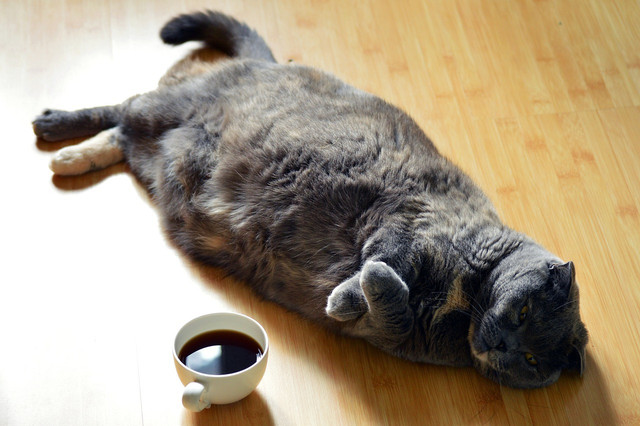


When considering whether to keep cats indoors or outdoors, there are physical health concerns on both sides:
For indoor cats:
- They are at high risk of obesity and weight gain due to less physical activity, boredom-related eating, and a lack of enrichment.
- To reduce the risk of obesity, it’s important to ensure indoor cats are not overfed and to play with them in ways that promote exercise.
- Walking indoor cats on a leash or providing them with a feline companion can also help keep them active.
For outdoor cats:
- They are not as prone to becoming overweight, but they are at risk of contracting various parasites and diseases from exploring and interacting with other cats and wildlife.
- Most parasites can be treated by a vet, but they can lead to more serious issues if left untreated.
- Outdoor cats are at greater risk of contracting severe diseases such as feline immunodeficiency virus, feline leukemia virus and cat flu, which are contagious and life-threatening.
- Additionally, there is a risk of zoonotic diseases that can be transmitted from cats to humans, such as campylobacteriosis, tapeworm, hookworm, roundworm, rabies and toxoplasmosis.
Regardless of whether your cat is an indoor vs. outdoor cat, it’s important to ensure their health and safety. Regular vet visits, deworming, flea and tick treatment, and adherence to vaccination schedules are essential.
Indoor vs. Outdoor Cats: Mental Health
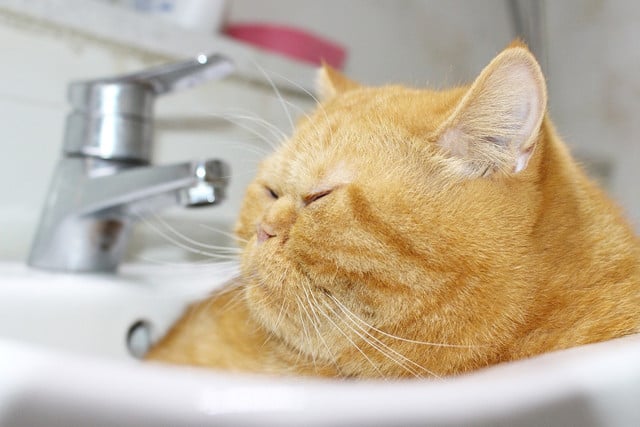


Keeping an indoor cat stimulated can be challenging, which is not an issue for outdoor cats. They get to roam, explore, hunt and climb as nature intended. Unfortunately, studies suggest many cat owners may not provide enough enrichment for their indoor cats.
Indoor cats also need to engage in their natural behaviors like scratching, hunting, chewing and elimination. Undesirable behaviors can develop when they do not have enough outlets for these needs, which can be frustrating for pets and owners alike.
Destructive behaviors can be particularly difficult to manage. Check out our article on how to keep cats from scratching your furniture for a few tips if this is an issue with your indoor cat. Researchers recommend creating an enriched indoor environment to allow indoor cats to express their natural behaviors without destroying your home.
Enriched indoor environments might include:
- scratching posts
- cat-safe plants and cat grasses
- appropriate toys like wand toys, battery-operated, self-propelling toys that mimic prey
- catnip and catnip-filled toys
- light-beam pointer games (which should be followed by a treat to reward the cat for the hunt and to prevent frustration)
- window perches for bird and wildlife watching
- cat-oriented TV entertainment
- chewing options, moistened rawhide chews, dried fish, and beef or poultry jerky
Cats and the Environment
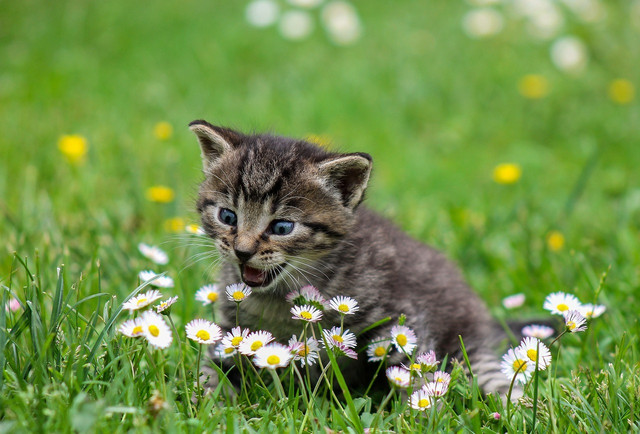


They may be cute and furry, but cats are among the top predators in the world. These predatory behaviors are a major concern among outdoor domestic and feral cats and are impacting native ecosystems and wildlife like birds, invertebrates, mammals and amphibians.
In fact, cats have caused local extinctions of several species. It’s now estimated that outdoor cats (including feral cats) cause between 6.3 and 22.3 billion mammal mortalities annually. Estimates for bird fatalities are between 1.3 and 4 billion annually in the US and between 100 and 350 in Canada.
Outdoor cats are not only linked to biodiversity loss but are also associated with a range of other community health problems. One major public health concern is the transmission of zoonotic diseases. Research also shows that outdoor cats can be a nuisance to human neighbors through:
- digging on private property
- defecation on private property
- preying on birds at birdfeeders
- excessive night-time noise due to mating calls and fighting
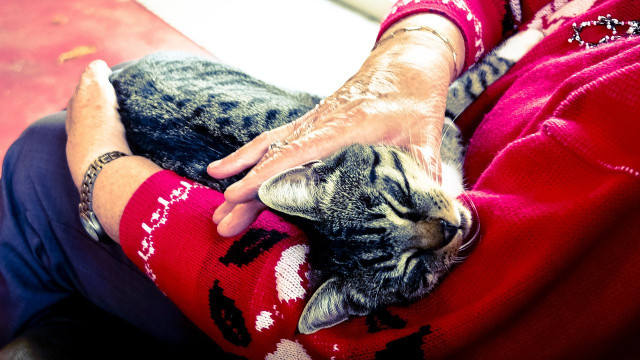


When it comes to indoor vs outdoor cats — there is no perfect conclusion, but one clear winner. Indoor cats live longer, encounter substantially fewer hazards and pose fewer threats. The American Veterinary Medical Association agrees and advises keeping pet cats confined to minimize the risks to the cats themselves — as well as to wildlife, humans and the environment.
Research has found that this indoor management actually resulted in a more positive relationship between cats and owners. This study — like others — also found that some indoor cats did display destructive behavior and had higher levels of obesity. So, creating an enriched indoor environment that promotes a balanced diet, exercise, and the freedom to engage in instinctive behaviors is vital.
Read more:
- Woolly Mammoths vs. Elephants: Why the Difference Suddenly Matters
- What to Feed a Stray Cat: 5 Safe & Sustainable Ideas
- Should Your Cat Sleep in Your Bed?
Do you like this post?






